- Joined
- Jul 7, 2013
- Messages
- 12,499
Despite being triple-vaccinated, and continued to wear mask in crowded places, I tested positive on a LFT this morning, after feeling unwell since Sunday and tested negative in the past 2 days.
I believe I caught it from a Rum Tasting Session on Thursday 24 February, or being the pub the following day, as a number of friends who attended these two events have also been tested positive.
Feeling cr@p like a very bad cold, the dry cough is the worst, however, I am thankful that I have no loss of taste and smell so far!
Taking it easy today, and I have cancelled my social engagements until Sunday as I believe I should self-isolate even if there is no legal requirement to do so in England.
Good job I am working from home nowadays.
Stay safe everyone, it is far from over!
DK
I believe I caught it from a Rum Tasting Session on Thursday 24 February, or being the pub the following day, as a number of friends who attended these two events have also been tested positive.
Feeling cr@p like a very bad cold, the dry cough is the worst, however, I am thankful that I have no loss of taste and smell so far!
Taking it easy today, and I have cancelled my social engagements until Sunday as I believe I should self-isolate even if there is no legal requirement to do so in England.
Good job I am working from home nowadays.
Stay safe everyone, it is far from over!
DK
Last edited:





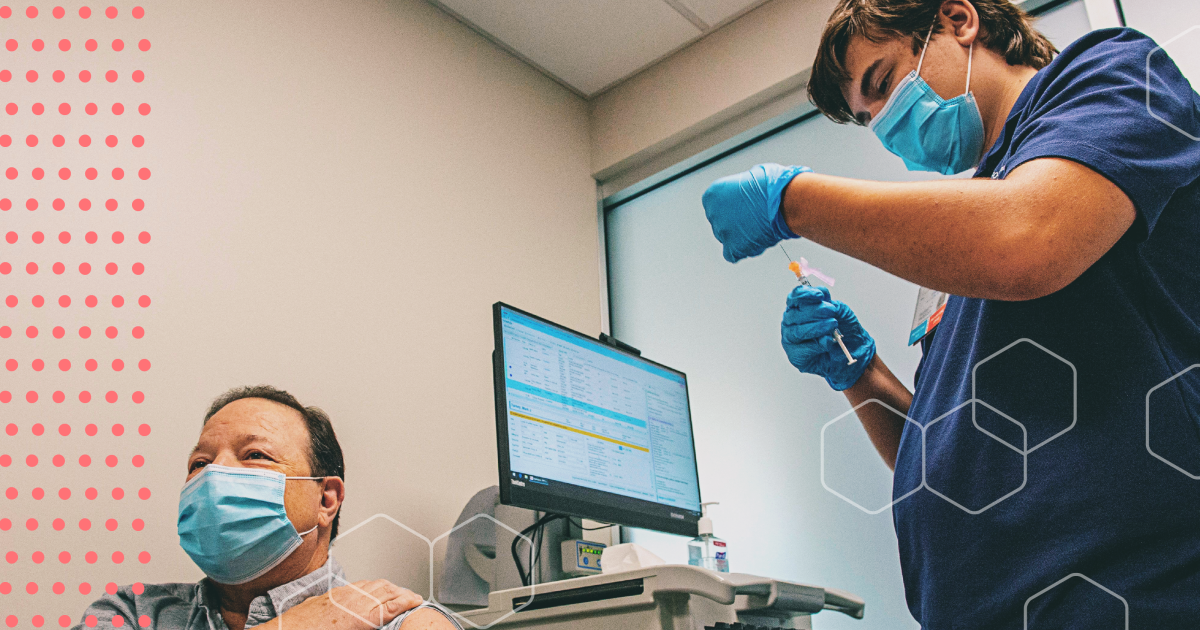
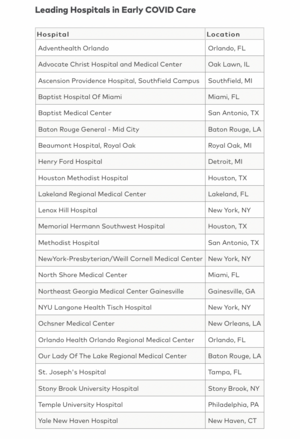
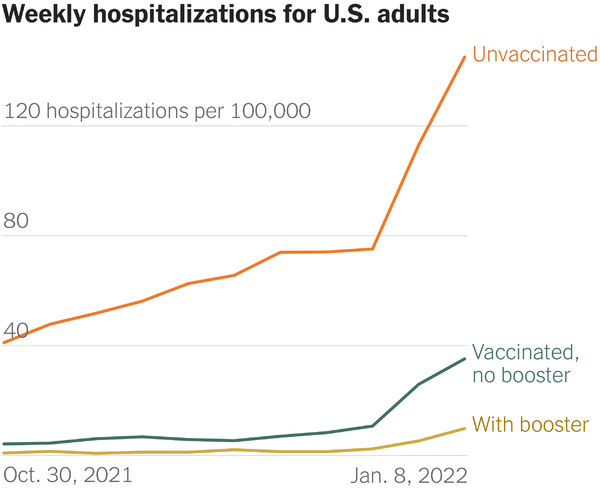
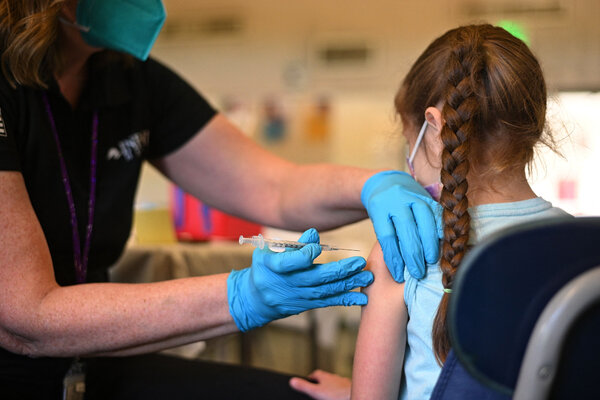

![author['full_name'] author['full_name']](https://clf1.medpagetoday.com/media/images/author/mollyWalker_188.jpg)

![author['full_name'] author['full_name']](https://clf1.medpagetoday.com/media/images/author/Kara_188.jpg)
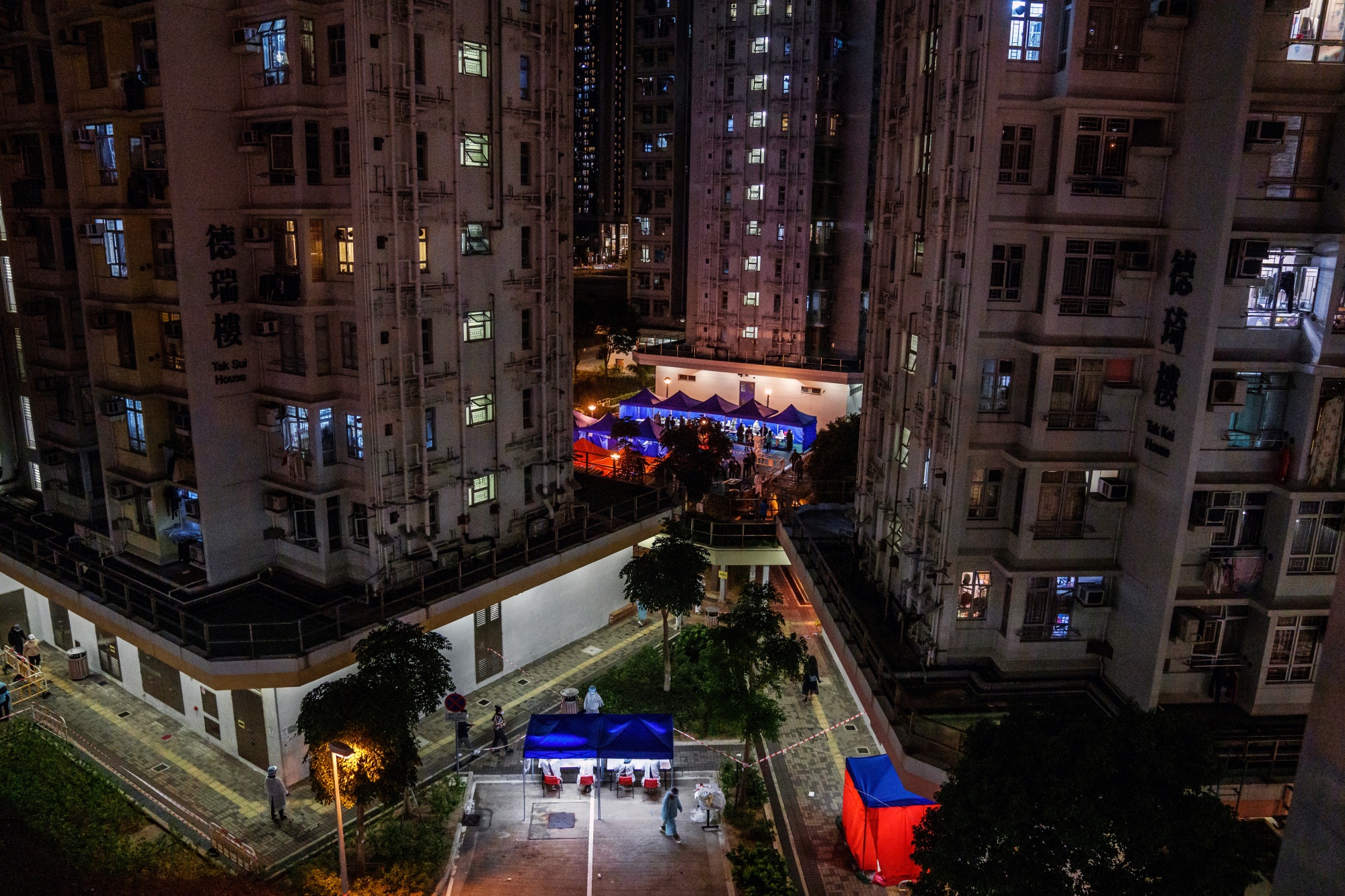
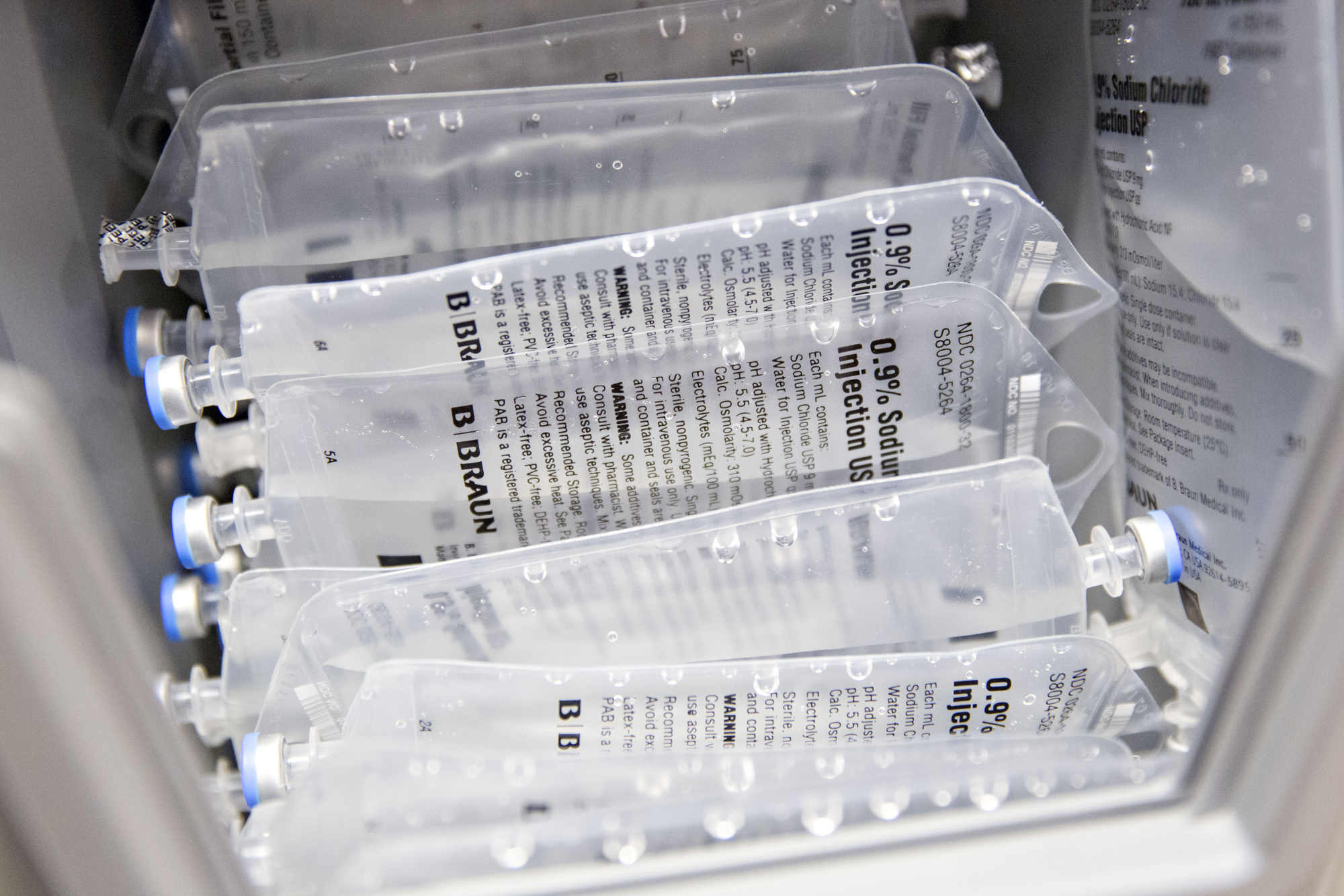




300x240.png)